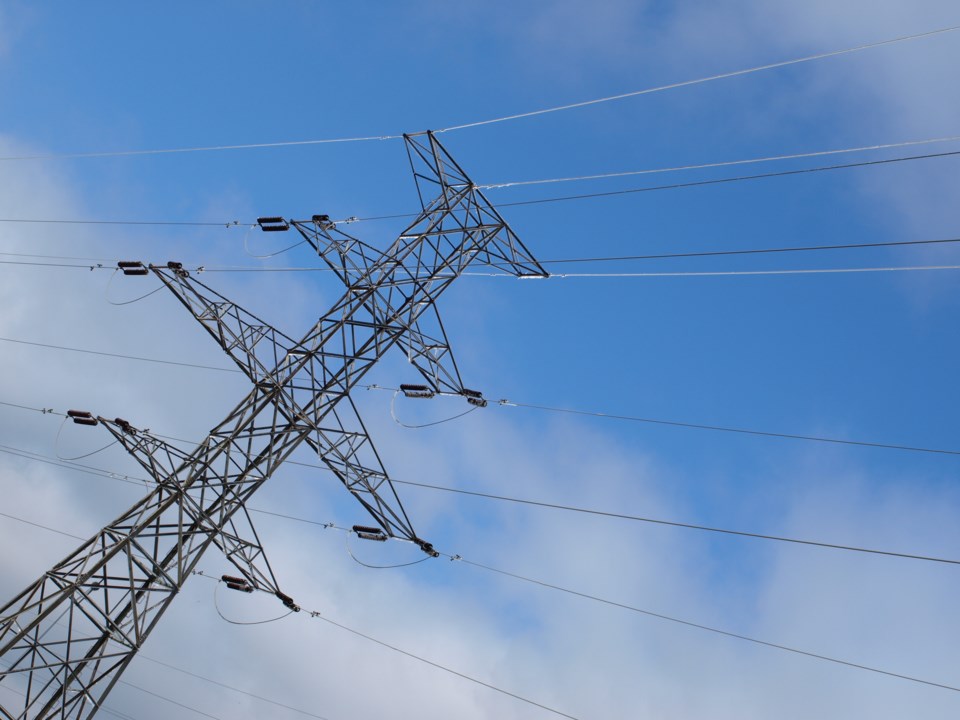The provincial government took the wrapping off of its 2020 budget on Nov. 5 with a plan that injects billions into the economy to help struggling business and industry recover from the pandemic.
Finance Minister Rod Phillips said $45 million in pandemic-related invests will be spent over the next three years, resulting in a record deficit of $38.5 billion, with a budget due out next year toward achieving fiscal balance.
Among the highlights for Northern businesses, Ontario said it provide relief for chronically high commercial and industrial power prices starting in January by covering most of the non-hydro portion of their bill, stemming from costly green energy contracts entered into by the previous government.
It represents an 11 per cent savings for the iron and steel sector, 14 per cent for metal ore mining, 16 per cent for chemical manufacturing, and 8 per cent for pulp and paper producers.
Want to read more stories about business in the North? Subscribe to our newsletter.
On the forestry front, the government reannounced its pro-business Forestry Sector Strategy, released last August, that includes a biomass action plan. The latter involved extending the contract for the Calstock biomass electricity generation facility, located in Hearst, to Dec.16,2020.
The federal and provincial governments are partnering to deliver the Forest Sector Safety Measures Fund involving a $5.3 million transfer from Ottawa to help small and medium-sized companies with their COVID safety measures.
Queen's Park revealed the details of the next round of broadband investments with more than $680 million queued up over the next four years.
To support Indigenous business during the pandemic, the government reiterated last June's announcement to provide up to $10 million in sport for those struggling companies and entrepreneures in rural and remote areas working in sectors like tourism.
Loans of up to $50,000 will be provided through Aboriginal financial institutions for businesses deemed ineligible or unable to access existing federal and provincial pandemic response programming.
The government didn't provide any specifics on its 2018 campaign promise to deliver resource revenue sharing to Indigenous Communities and Northern Ontario municipalities except that it "remains committed" on this policy to advance revenue sharing from forestry and mining developments.
To help businesses in Northern Ontario with pandemic-related costs, the government referred back to a September announcement to cover 100 per cent of eligible costs for personal protective equipment, delivered through the Northern Ontario Heritage Fund.
For small "Main Street" businesses impacted by COVID, the government listed in the budget its recovery plan from October of providing $60 million in one-time grants of up to $1,000 to help offset the unexpected costs of personal protective equipment.
There will be $180.5 million set aside over the next three years to assist workers in the tourism and hospitality sector impacted by the pandemic as part of a skilled trades strategy.
For the agri-food sector, Ontario is spending $25.5 million over three years to help with innovation and investment in new technologies, and to enhance worker health and safety.
For the commercial fishing industry, royalty payments are temporarily suspending royalty payments for fish harvested in 2020.
The province is investing $100 million over two years to develop a Community Building Fund for those community tourism, cultural and sport organizations experiencing significant financial pressures due to the pandemic. The program will be delivered by the Ontario Trillium Foundation.
The government reiterated its support for the development of small modular reactors to establish Ontario as a global leader. Ontario Power Generation announced in October it is advancing engineering and design work with three developers of this grid-scale technology.
By way of critical infrastructure, the province pointed out highway expansion projects - either in the planning stage or currently under construction - as being Highway 17 (Trans-Canada Highway) between Rush Bay in northwestern Ontario and the Manitoba border (15 kilometres), Highway 11/17 between Nipigon and Thunder Bay (56 kilometres), and Highway 69 between Parry Sound and Sudbury (82 kilometres).




